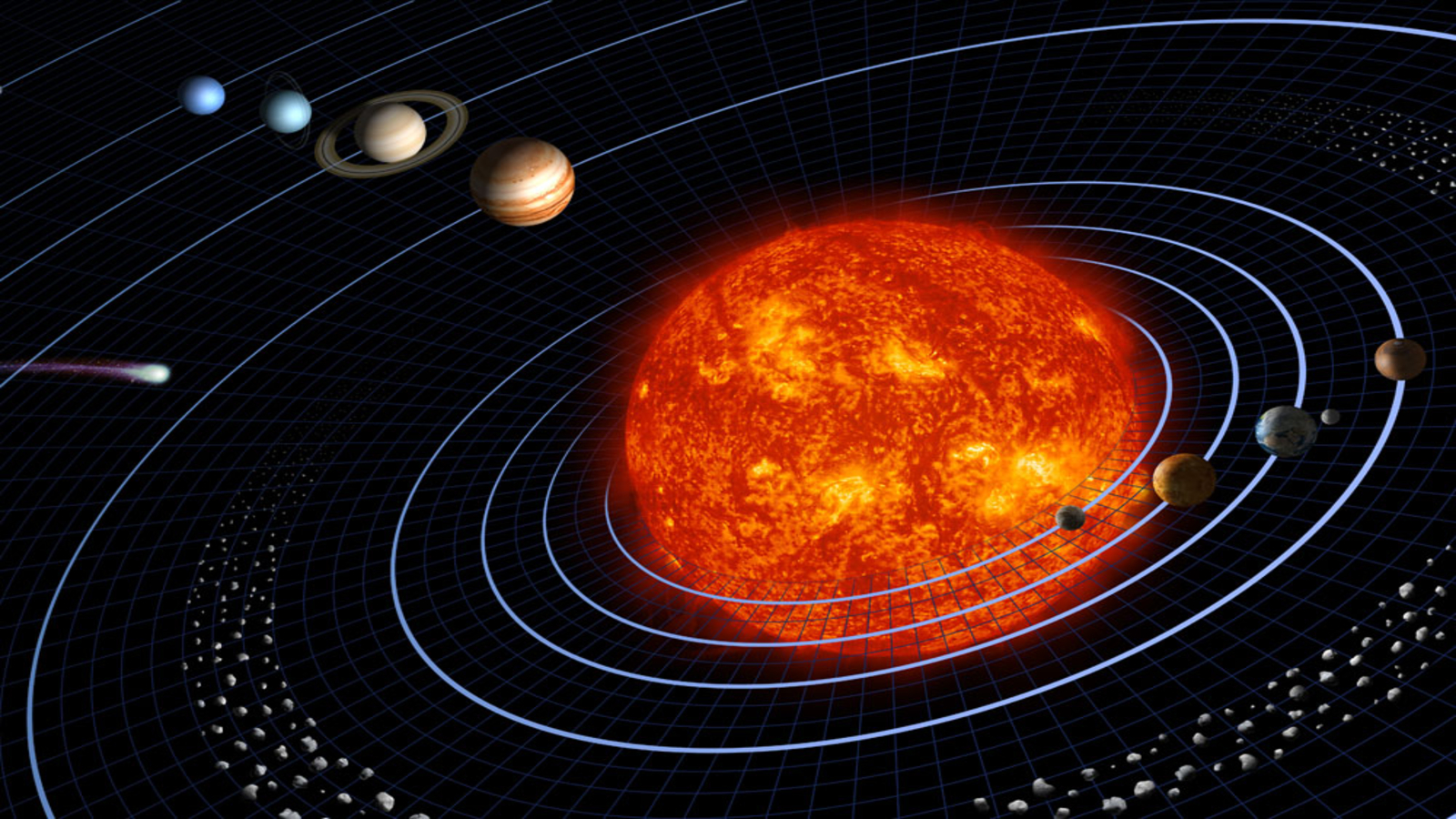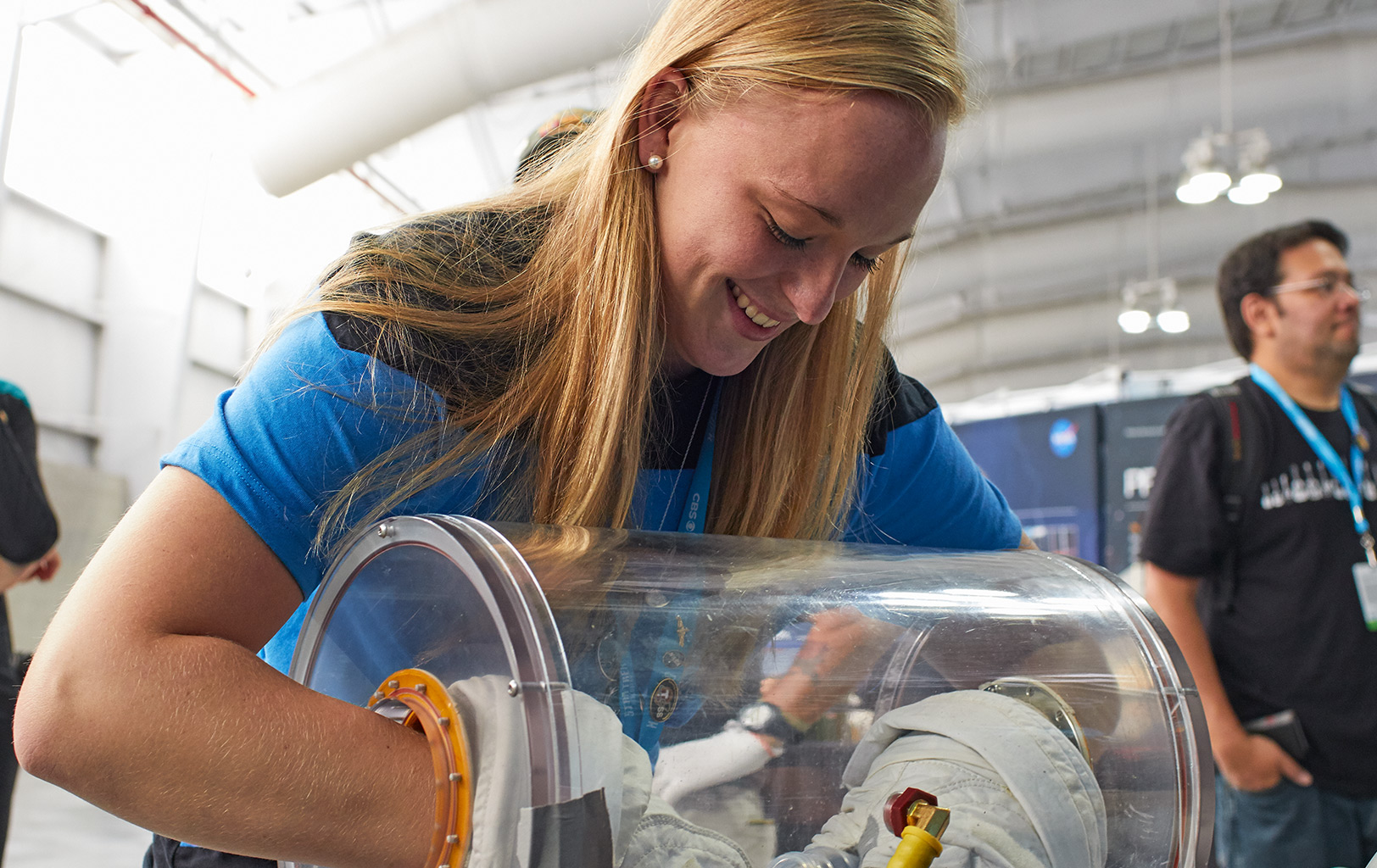When did our solar system's planets form? Discovery of tiny meteorite may challenge the timeline
A tiny meteorite is rewriting what scientists thought they knew about the origins of our solar system.

A tiny meteorite is rewriting what scientists thought they knew about the origins of our solar system.
New evidence found in shavings from a meteorite known as Northwest Africa 12264 — a 50-gram (1.8 ounces) piece of space rock that is believed to have formed in the outer solar system — suggests that rocky planets like Earth and distant icy bodies may have formed at the same time. This challenges the long-standing belief that planets closer to the sun formed before those in the outer solar system, the ones that lie beyond the asteroid belt between Mars and Jupiter.
Planets form within the rotating disks of gas and dust that surround young stars, where particles collide and stick together through a process known as accretion. As developing rocky planets heat up, they begin to differentiate, forming separate internal layers known as the core, mantle and crust.
Scientists have thought that our solar system's inner rocky planets — Mercury, Venus, Earth and Mars —formed first (around 4.566 billion years ago), while gas giants and icy bodies in the outer solar system came together slightly later (4.563 billion years ago), due to the colder temperatures at a greater distance from the sun. Rocky planets farther out were also thought to form more slowly because their higher water and ice content would have delayed internal heating and core development.
Analyzing the composition of the meteorite (which was purchased from a dealer in Morocco in 2018) revealed a ratio of chromium and oxygen that indicates it came from the outer part of the solar system. Using precise isotopic dating methods, the researchers found that the rock formed 4.564 billion years ago — just two to three million years after the solar system’s earliest solid materials.
Until now, such early formation was thought to be limited to bodies from the inner solar system, according to a statement announcing the new study.
Evidence that rocky planets beyond Jupiter formed as rapidly, and at the same time, as the inner planets could transform our understanding of how planets take shape — not only in our solar system, but in planetary systems throughout the universe, the researchers said.
Breaking space news, the latest updates on rocket launches, skywatching events and more!
Their findings were published on July 4 in the journal Communications Earth & Environment.

Samantha Mathewson joined Space.com as an intern in the summer of 2016. She received a B.A. in Journalism and Environmental Science at the University of New Haven, in Connecticut. Previously, her work has been published in Nature World News. When not writing or reading about science, Samantha enjoys traveling to new places and taking photos! You can follow her on Twitter @Sam_Ashley13.
You must confirm your public display name before commenting
Please logout and then login again, you will then be prompted to enter your display name.

